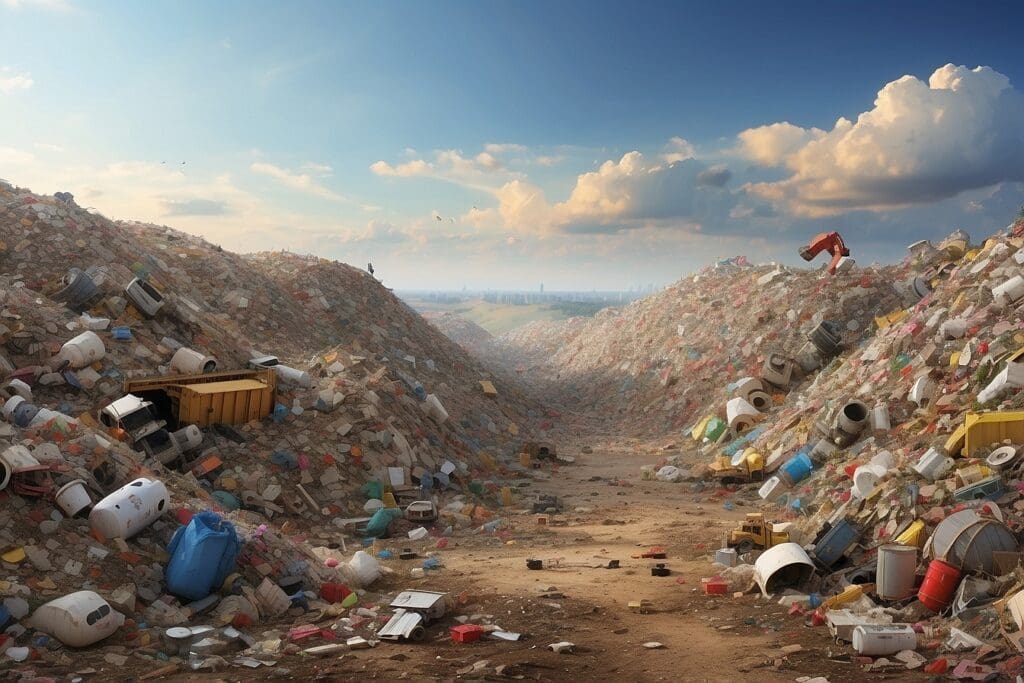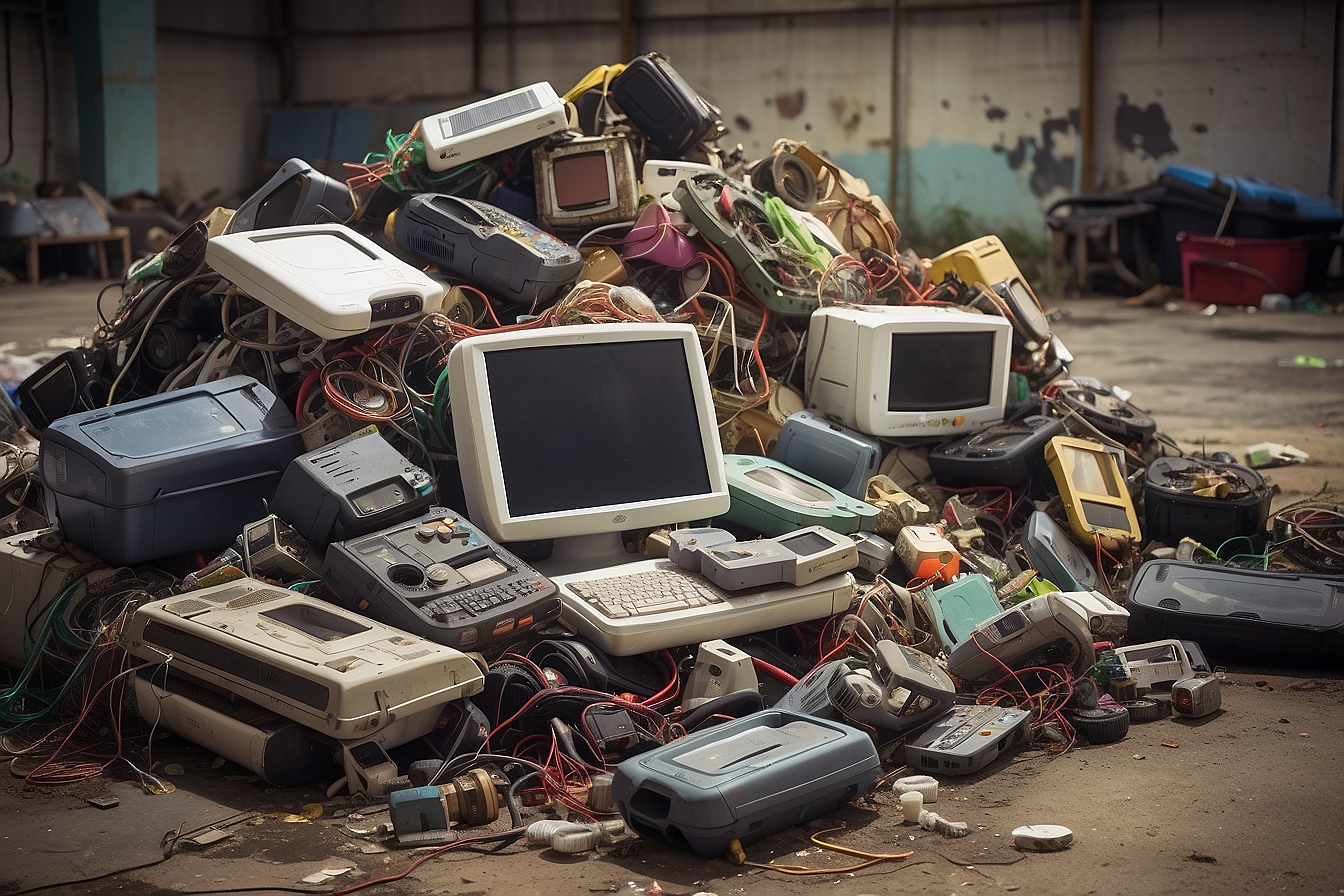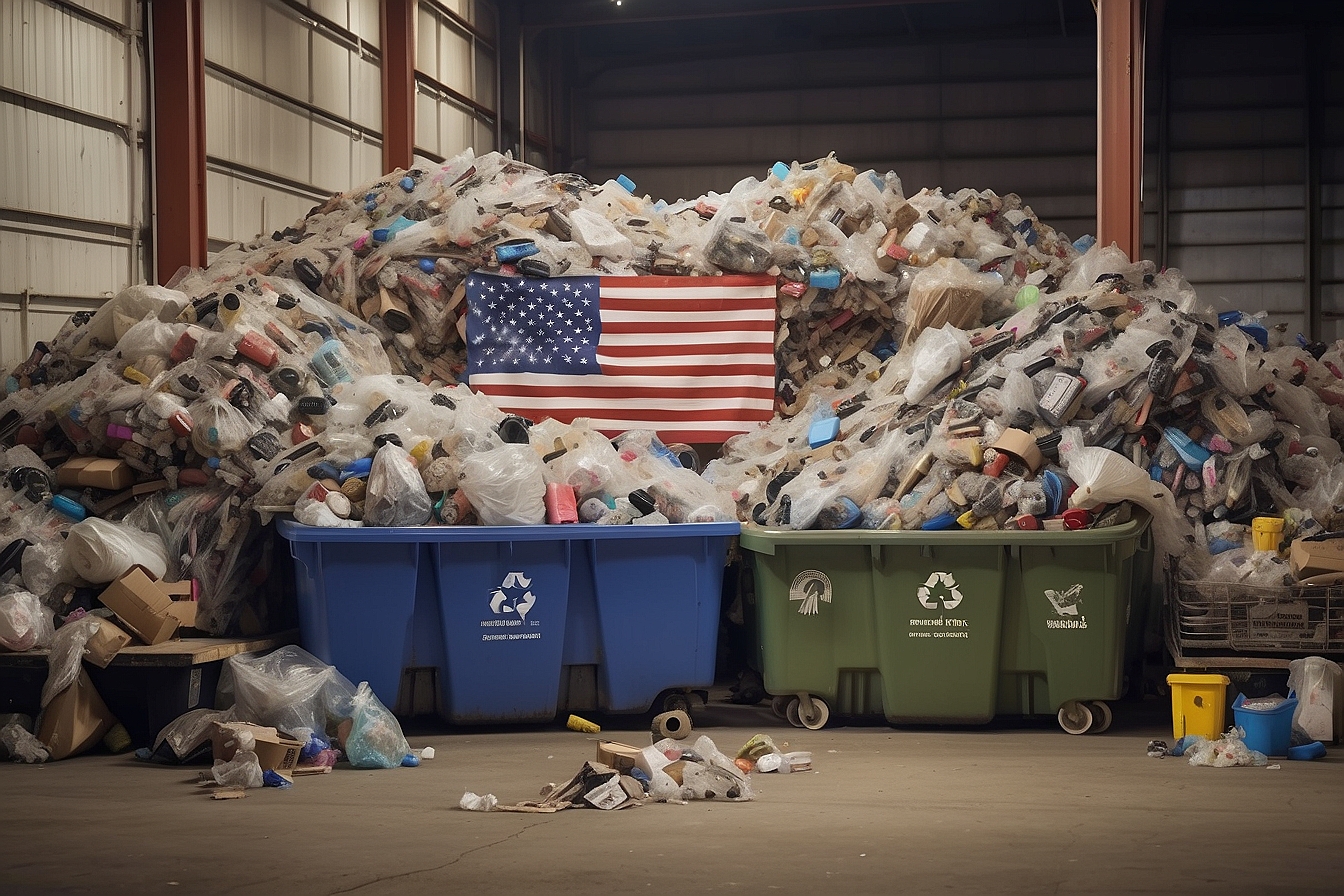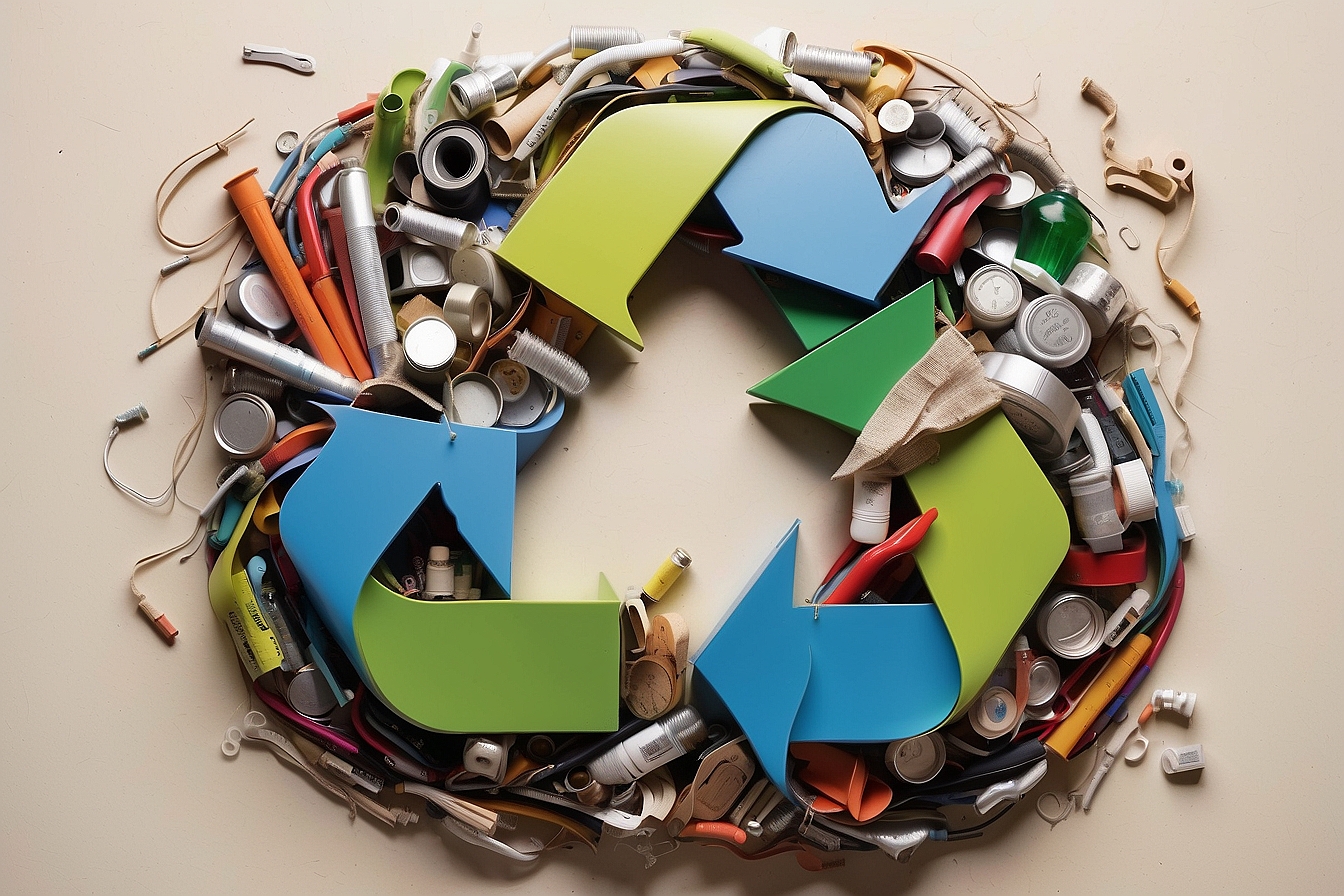Many things in life can be easily measured. However, more often than not, we cannot measure the things that are most important or dire. Our garbage, for instance, is something we are usually not aware of on a daily basis unless it’s time to take it outside or move our bins to the curb. Despite our potential lack of awareness, trash is a major problem that is difficult to measure and so are our landfills. It is incredibly difficult to accurately measure how much space our landfills occupy at any given time and there’s a reason…

Before landfills in the United States were subjected to requirements such as lining systems in 1976, there were thousands of landfills spread out over the nation, one for almost each major city. This was an environmental mess due to liquid from the trash, called leachate, being able to creep into its surrounding environment. While the 1976 Resource Conservation and Recovery Act was a big win for the environment, it meant that landfills needed to evolve and have extensive regulations. Smaller landfills phased out and landfill operators began focusing on fewer, but far larger, landfills.1 As of 2013, the number has shrunk down to roughly 1,900 landfills.2 While this could be considered progress, landfills today are far larger than those in operation decades ago. This is a problem due to how much effort landfills put into compacting as much garbage as possible so that the landfill doesn’t fill to capacity.
While it is difficult to determine the present size of any given landfill by weight or measurements, we can roughly estimate which ones are likely larger due to the sheer volume of trash being deposited and how long the landfill will exist. For example, Roosevelt Regional Landfill in Washington State takes in about 8,300 tons of trash per day and the landfill life expectancy is about 45.5 years.3 However, this site, like many others, doesn’t just store trash, the landfill puts the trash to work. The leachate and methane gas ![]() that the trash creates is collected in a series of pipes, the landfill system then uses the leachate to further decompose the trash creating more methane gas. So where does it go? The methane “is burned to produce heat or generate electricity”.4 Roosevelt Regional Landfill collects enough methane gas each year to power the electricity for more than 20,000 homes.5
that the trash creates is collected in a series of pipes, the landfill system then uses the leachate to further decompose the trash creating more methane gas. So where does it go? The methane “is burned to produce heat or generate electricity”.4 Roosevelt Regional Landfill collects enough methane gas each year to power the electricity for more than 20,000 homes.5
Roosevelt Regional Landfill isn’t even the largest in the world, let alone the United States. Bordo Poniente Landfill in Mexico City, Mexico is estimated to receive roughly 12,000 tons per day, which is about 4.4 million—yes million—tons per year. In the United States, Apex Regional Landfill in Las Vegas, Nevada receives roughly 10,500 tons per day, about 3.8 million tons a year. To break that down that is about 21,000,000 pounds of trash that gets dumped into this facility every day.6 Each year this single landfill receives several billion pounds of trash. While it is one of the largest in the U.S., the sheer volume of trash flowing into these facilities is shocking. To learn more about landfill systems.
Even though the staggering amount of trash constantly flowing into landfills can be alarming, there are solutions. While most modern cities currently have recycling bins to put out on the street each week, many cities (particularly those in more rural towns and cities) still have not implemented this practice of sorting out recyclable materials such as plastic, aluminum and paper from our trash. For those of you who don’t have a recycling program in your area, consider writing to your local health or sanitation department and asking others to do the same.7Read here ![]() on how to properly sort your trash.
on how to properly sort your trash.
There are many precautions to avoid and limit your trash as well. Being aware of the products you buy and how long these items will last is also a great way to make sure you get the most of your items, read here ![]() to learn more. While modern landfills implement systems far better than those in landfills decades ago, there is still an alarming volume of trash reaching these facilities on a daily basis. Making sure to do our part and limit the amount of trash we dispose of is the first step to cut down on those massive volumes and prevent our environment from being exposed to toxins.
to learn more. While modern landfills implement systems far better than those in landfills decades ago, there is still an alarming volume of trash reaching these facilities on a daily basis. Making sure to do our part and limit the amount of trash we dispose of is the first step to cut down on those massive volumes and prevent our environment from being exposed to toxins.





